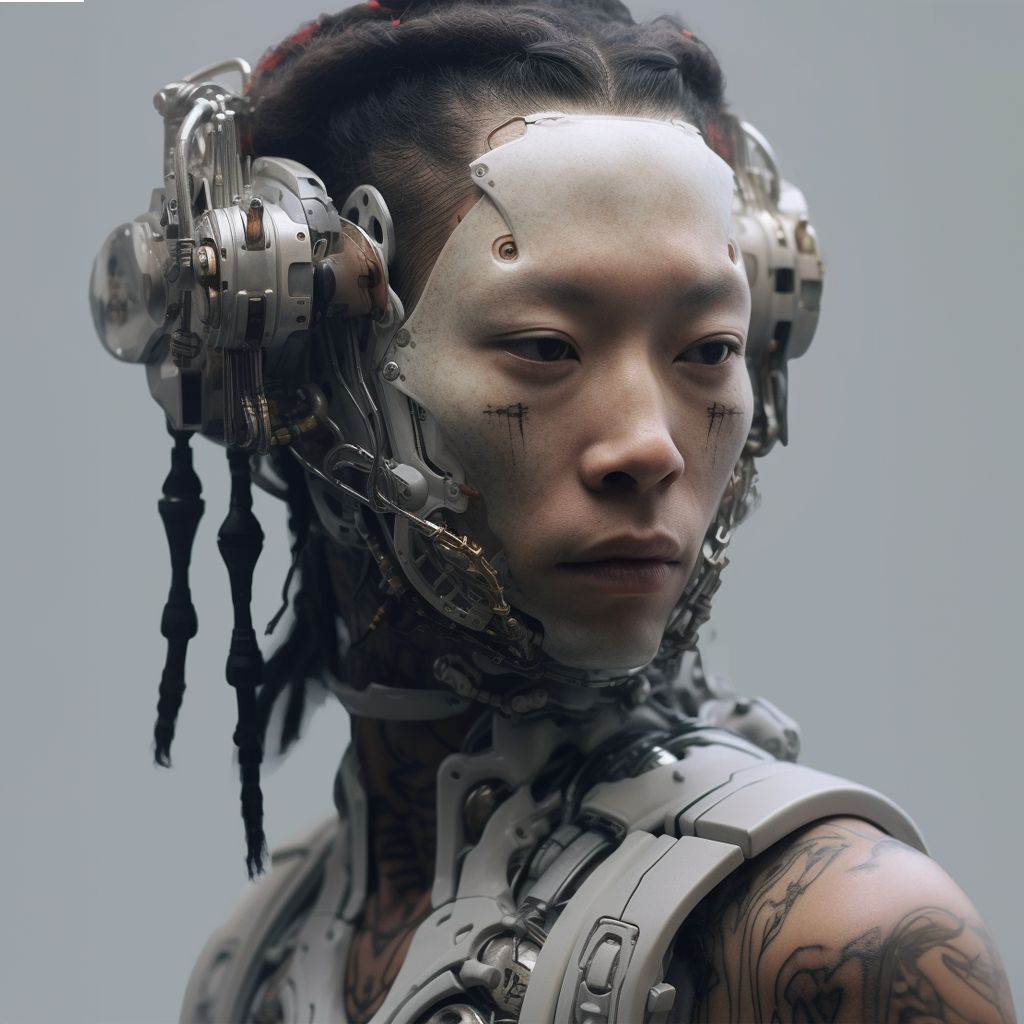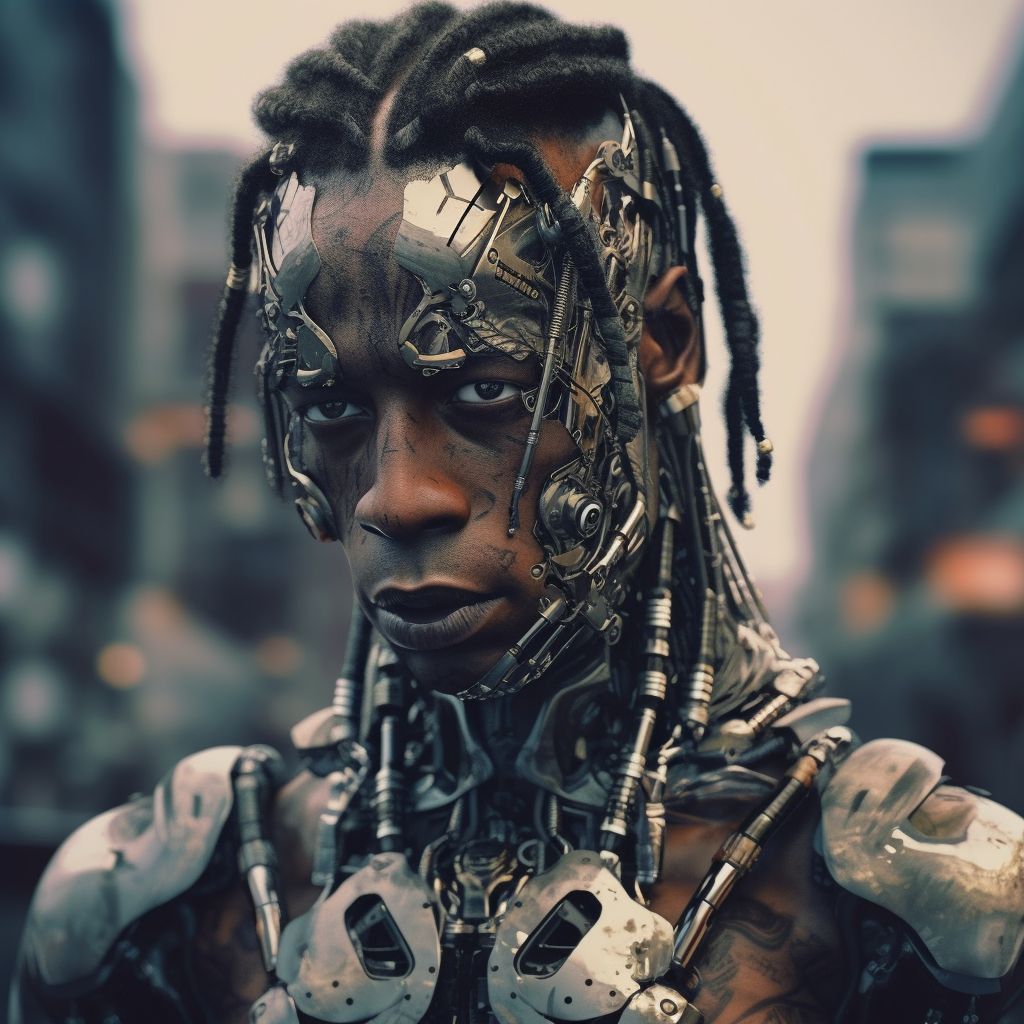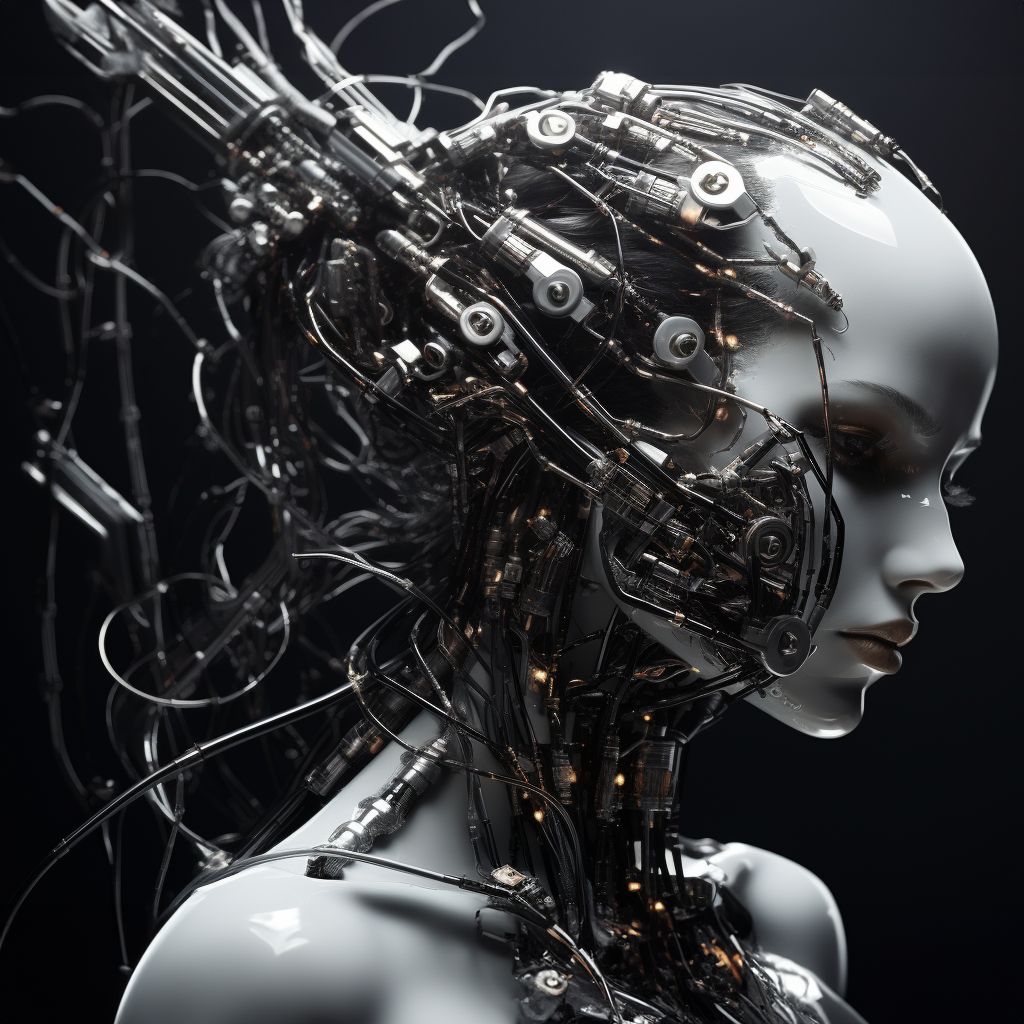





















TIPS & TRICKS
When transforming vocals, there are a few tips and tricks to keep in mind to get the cleanest end result possible.
Use dry vocals with as few effects as possible
Effects such as reverb and delay will interfere with the vocal transformation process by introducing artifacts. It’s best to use the driest vocal material possible. If the vocal you’re working with has delay or reverb baked in, it might be worthwhile to use something like the Waves Clarity VX DeReverb package in order to remove built-in reverb.
Use vocals with a minimal amount of background vocal layers.
Vocals with background vocals such as doubles, harmonies, etc., will interfere with the vocal transformation process as the model cannot yet differentiate between the different layers and it may result in unwanted artifacts.
Use vocals with a minimal amount of artifacts
Vocals with a lot of artifacts are usually found in ripped or isolated acapella tracks where the vocal was extracted from the original track by vocal remover software. Though it is still possible to get a usable result, it might not happen with just the unprocessed extracted vocal. It might be worth the effort to use some sort of vocal noise reducer or suppressant (i.e., Waves Clarity VX Vocal Noise Reducer) to remove as much extra noise and artifacts as possible before running it through our vocal transformation models.
Use the pitch slider when transforming from Male <-> Female or vice versa.
Due to the nature of the human voice, there are typically differences in vocal ranges between Female and Male voices. In order to account for these differences, it may be necessary to use the pitch slider found under the audio upload to transpose the vocal’s pitch. Typically in Female to Male transformation, lowering the pitch by -12 will yield a better result. With the opposite being true when transforming from Male to Female, increasing the pitch by +12 may give a better result. It is also possible that no pitch change may be necessary; experimentation is key.